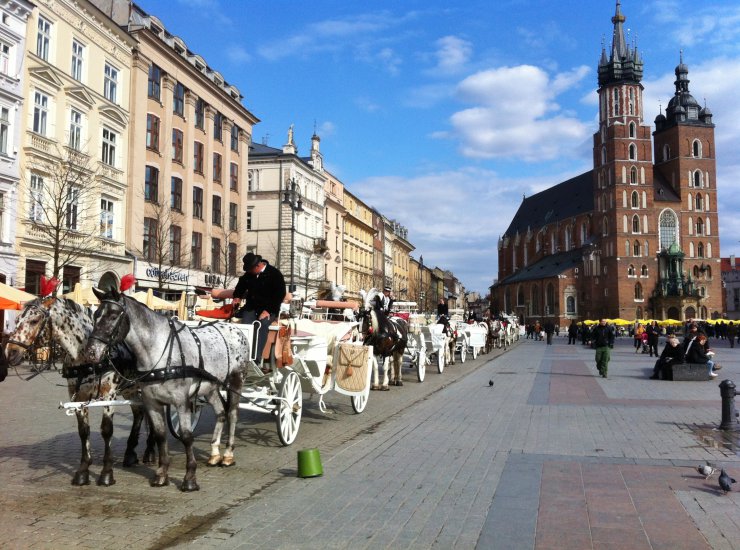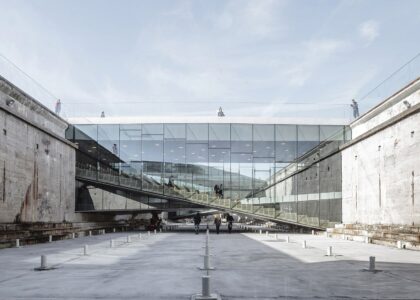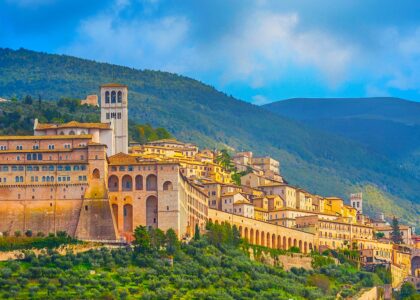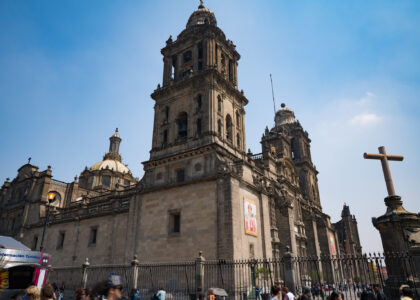Wawel Castle and Cathedral:
Dominating the city’s skyline, Wawel Castle is one of Poland’s most iconic landmarks. Perched on the Wawel Hill, this historic complex dates back to the 11th century and has been the residence of Polish kings for centuries. The castle’s architecture is a fusion of Gothic, Renaissance, and Baroque styles, showcasing the evolution of Polish royalty and culture.
The Wawel Cathedral, located within the castle grounds, is equally impressive. This sacred site has been the coronation place for Polish monarchs and houses the tombs of kings, national heroes, and saints, making it an essential destination for history enthusiasts. Visitors can explore its stunning chapels, climb the Sigismund Bell Tower for panoramic views of the city, and admire the artistic treasures within the cathedral.

Main Market Square (Rynek Główny):
No visit to Krakow would be complete without a stroll through the Main Market Square, or Rynek Główny, which is the heart of the city. Dating back to the 13th century, this vast square is one of the largest medieval town squares in Europe. It is surrounded by magnificent historic buildings, including the Cloth Hall (Sukiennice), a medieval trading post that now houses craft stalls and museums.
At the square’s center stands the St. Mary’s Basilica, a stunning Gothic church with its intricate wooden altar carved by Veit Stoss. Visitors can also hear the famous trumpet signal, called the Hejnal, played every hour from the basilica’s tower. The Main Market Square is a lively hub filled with cafes, restaurants, and street performers, making it the perfect place to relax and soak in the atmosphere.
Auschwitz-Birkenau Memorial and Museum:
A short drive from Krakow lies the Auschwitz-Birkenau Memorial and Museum, a poignant and solemn reminder of the horrors of the Holocaust. This UNESCO World Heritage Site is the site of the largest Nazi concentration and extermination camp, where over a million people, mostly Jews, were murdered during World War II.
Visitors to Auschwitz can take guided tours of the preserved camp grounds, which include the infamous gates, barracks, and gas chambers. The museum displays harrowing exhibitions and personal testimonies that help explain the atrocities that occurred here. A visit to Auschwitz is an emotional and reflective experience, offering visitors a chance to pay respect to the victims and learn about the importance of remembering history to prevent such tragedies in the future.





